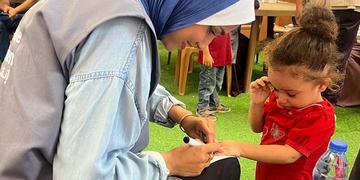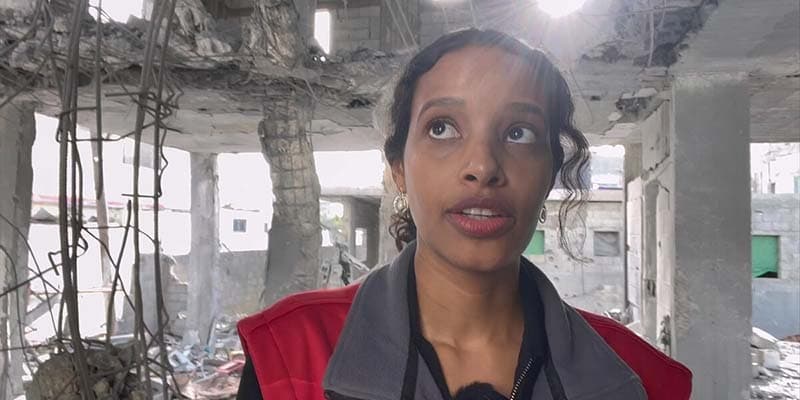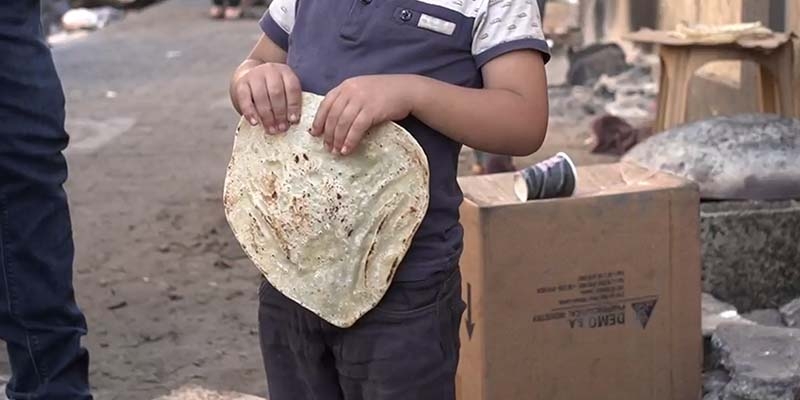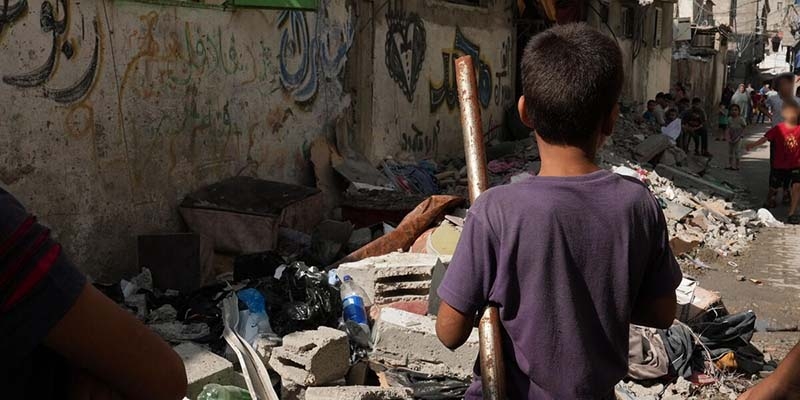
The polio vaccination campaign in Gaza has begun on 1 September following the arrival of 1.26 million doses of OPV2 vaccines and 500 insulated vaccine carriers.
Save the Children's Primary Health Care Centre (PHCC) in Deir Al-Balah has been designated as one of the key polio vaccination sites where health workers ensure an efficient vaccination process
Polio Epidemic Vaccination in Gaza: Six Things to Know
Following the confirmed case of polio in Gaza, aid agencies and medical professionals joined forces to call urgently for a ceasefire to allow life-saving polio vaccinations to be administered to about 640,000 children under the age of 10.
Polio had been eliminated in Gaza more than two decades ago, but in August, the World Health Organization (WHO) reported that the virus had been found in sewage samples from sites in Khan Younis and Deir Al-Balah. A month later, one case was confirmed by Gaza’s Ministry of Health in an unvaccinated 10-month-old child in Deir Al-Balah in the central Gaza Strip.
Here are six things to know about the dangers of a mass polio outbreak in Gaza and the vaccinations underway:
1. What is polio and why are children in Gaza at risk?
Polio, a virus that can cause irreversible paralysis in a matter of hours, is particularly dangerous in Gaza, where high malnutrition rates and toxic stress levels make children more vulnerable to infection.
2. Why is polio back in Gaza?
The reemergence of the polio virus in Gaza is a direct result of the destruction of water and sanitation infrastructure, and the Government of Israel's restrictions on repairs and supplies. Coupled with overcrowding, displacement, and a crippled healthcare system, these actions have created an environment ripe for the spread of the virus in Gaza.
3. What will it take to stop the spread of polio in Gaza?
The polio vaccination campaign in Gaza began on September 1, following the arrival of 1.26 million doses of OPV2 vaccines and 500 insulated vaccine carriers.
According to the World Health Organization, a minimum of two doses of nOPV2 are needed to interrupt poliovirus transmission. However, this will only be achieved if at least 90% of all children are vaccinated in all communities and neighborhoods.
In round II, vitamin A will be co-administered alongside polio vaccine, to help boost overall immunity among children between the ages of two and nine years.
4. What is Save the Children doing?
Our Primary Health Care Center in Deir Al-Balah has been designated as one of the key vaccination sites. Save the Children’s role is to oversee site operations, coordinate community outreach, and ensure as efficient a vaccination process as possible to maximize coverage quickly.
Nearly 3,000 children were vaccinated in the SC Deir al-Balah clinic in round I of the vaccination campaign. During the 2nd round, at least 1,650 children have taken the second dose of vaccination in addition to vitamin A.
5. What challenges does the vaccination campaign present?
The success of this campaign relies heavily on safe access for health workers and families, and ultimately, a definitive ceasefire is required to ensure children across Gaza can receive the vaccines and other healthcare they urgently need.
Al-Aqsa Hospital, located just 500 meters from Save the Children’s clinic, was bombed the same day vaccinations began in Deir al-Balah.
6. What is Save the Children calling for?
A definitive ceasefire remains essential. With thousands of children at imminent risk of polio, they are also facing other diseases, starvation, and the deadly threat of bombs. A definitive ceasefire is vital to be able to safely reach and meet the urgent needs of children and families across Gaza.



